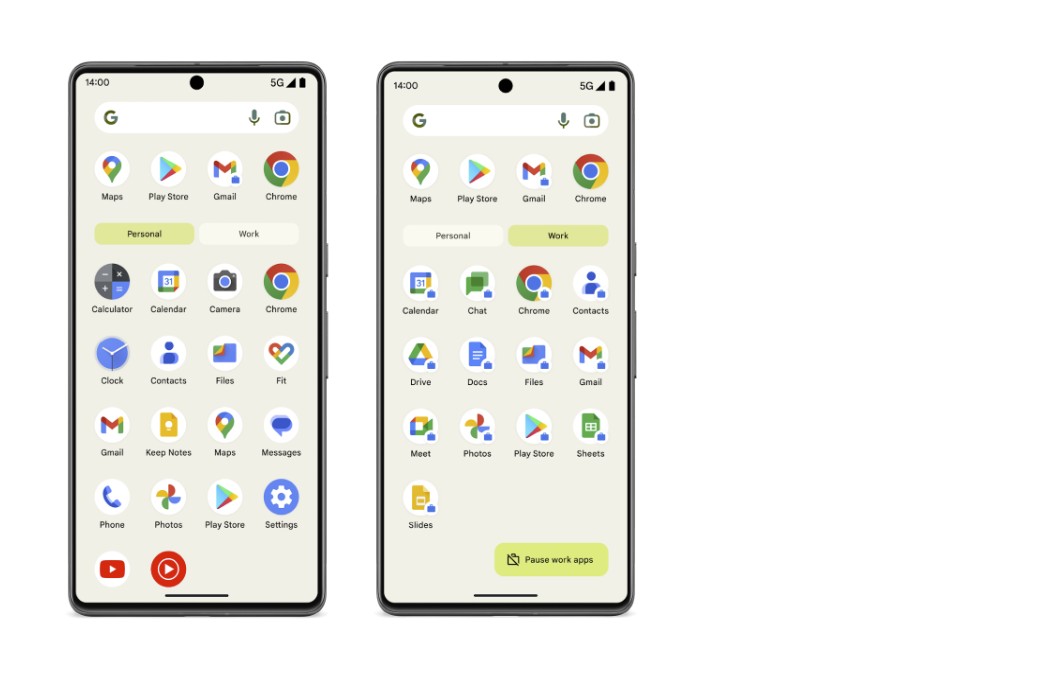How to Modify Vibration Feedback on your Google Pixel 2
3 min. read
Updated on

Have you also heard of Apple’s Taptic Engine? This is a vibration motor that first appeared on the iPhone 6S, letting Apple to replicate the clicking button of the old days on latest iPhone models with nothing more than a firm buzz under a pressure-sensitive portion of the glass. At the same time, Android phones haven’t precisely focused on haptic feedback and like it or not, most phones are limited to only a few different settings for vibration intensity.
That is disappointing if you are familiar with iPhone’s Taptic Engine, but even if you have no chance to replicate that on your Google Pixel 2, you can still modify the vibration feedback. There might be times when you just want to be notified with a simple lightweight buzz from your handset rather than one that can make everyone look at you, so why not making the necessary changes right away?
This is possible with the ElementalX kernel and the EX Kernel Manager app and here you can find all the details. What I can tell you is that the ElementalX kernel is one of the longest running and most popular kernels you can get right now for Pixel devices. As for the EX Kernel Manager app by flar2, this one provides you with access to all of the custom kernel tweaks and settings that can be changed at will.
These aren’t though enough as you need to have an unlocked bootloader, to root your device and have a Custom recovery via TWRP already installed.
How to Modify Vibration Feedback on your Google Pixel 2:
- Download ElementalX Kernel for Android Pie (9) or for Android Oreo (8.1.0);
- Is the file in the default download location set by the web browser on your phone? If so, you are ready to reboot into the TWRP recovery;
- Starting from the main menu in TWRP, you want to tap Install;
- Then, go to the Download folder;
- Find and tap the file you just downloaded for the kernel;
- Up next, you can swipe to confirm Flash;
- At this point, an on-screen installer will walk you through the few necessary steps to install the kernel onto your device;
- After that, it’s time to install the official EX Kernel Manager app from the Google Play Store;
- Open the EX Kernel Manager and grant it root user permissions to have access to your system;
- Then, from the main dashboard on the EX Kernel Manager app, tap the hamburger menu on the left;
- Find your way into Miscellaneous;
- Look for the Vibration setting that has a slider bar for making adjustments. By default, the vibration intensity is set to 100%, but you can reduce it as much as you want, all the way down to 0%;
- Don’t forget to tap the Apply on boot button for the vibration setting.
You can always come back here for making new adjustments whenever you feel like!










User forum
0 messages